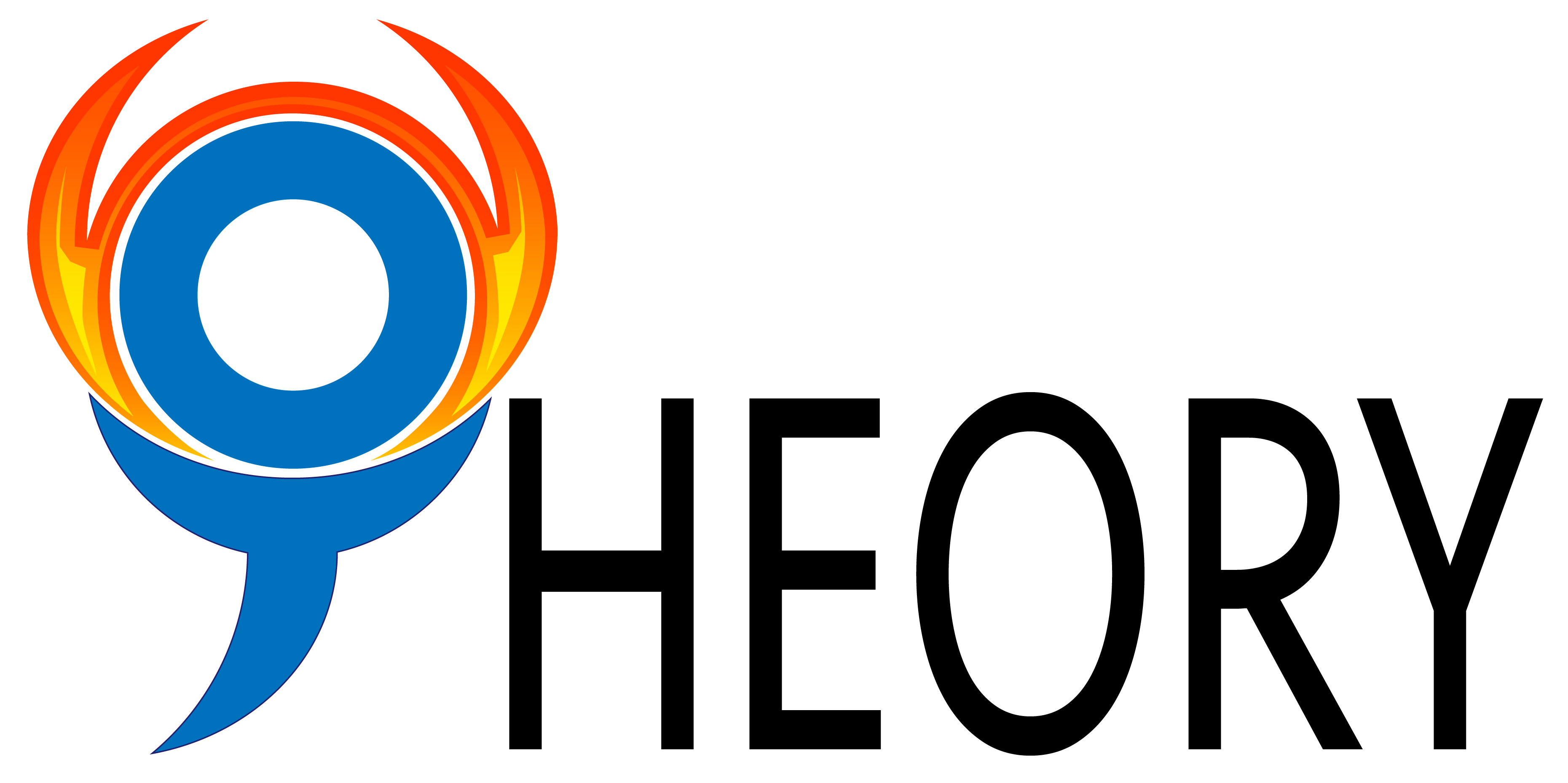This framework aims to guide clinical reasoning with respect to describing, analyzing, and selecting a potential strategy for a client’s unique performance problem. It identifies seven general attributes that can be used to describe and organize cognitive strategies. They are:
- strategy outcomes, including acquisition/reacquisition of skills, coping with challenge, and optimal performance.
- strategy purpose, e.g., optimizing skill performance, learning a specific daily routine.
- range of application, including general or special.
- visibility, including overt or covert.
- permanence, including temporary or permanent.
- performance phase, including before or during task.
- strategy target, including person, task, and environment.
Each includes a range of behaviors. These behaviors are illustrated to help clinicians for attribute selection in interventions, and to clarify the differences. It proposes that the first consideration in reasoning strategy selection is to clearly identify desired outcome and purpose of the strategy in supporting the outcome. For example, performance strategies support the accuracy and quality of performance, and learning strategies optimize attention during learning. This framework summarizes various aspects of strategy use to guide therapist’s reasoning on client readiness. Strategy use can be subdivided into those aspects that are relevant prior to a task (e.g., prerequisites to strategy use) and those that may be observed during or immediately after a task (e.g., strategy execution, quality, monitoring and evaluation, and effect on learning or performance). Prerequisites for effective cognitive strategy use include the person’s general knowledge, repertoire, and beliefs about the value of strategies.
Summarized by
- Macey Cho
Type
- Framework
Population
- Child
- Adolescent
- Adult
- Elderly
Disability
- All
Domain of occupation
- Unspecified
Application Note
This framework identifies performance problems and suggests how the seven general attributes can be used clinically to address different clinical problems and desired outcomes across age groups.
Key Reference
Toglia, J., Rodger, S., & Polatajko, H. (2012). Anatomy of cognitive strategies: A therapist’s primer for enabling occupational performance. Canadian Journal of Occupational Therapy, 79(4), 225-236.
Year Published
- 2012
Primary Developer
- Joan P. Toglia
Primary Developer Email
- jtoglia@mercy.edu
